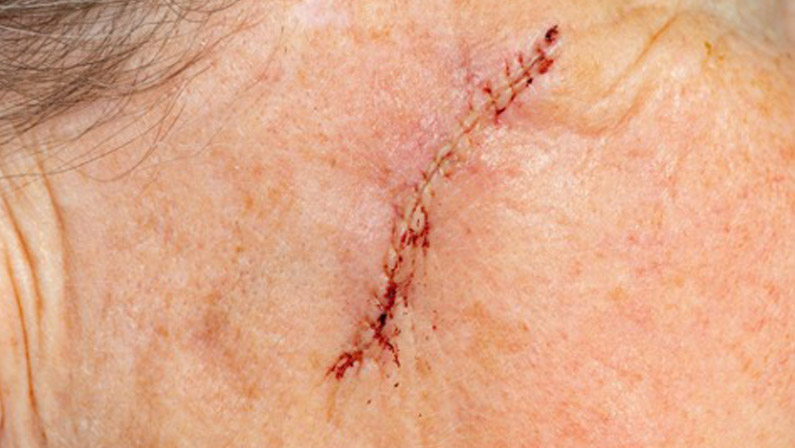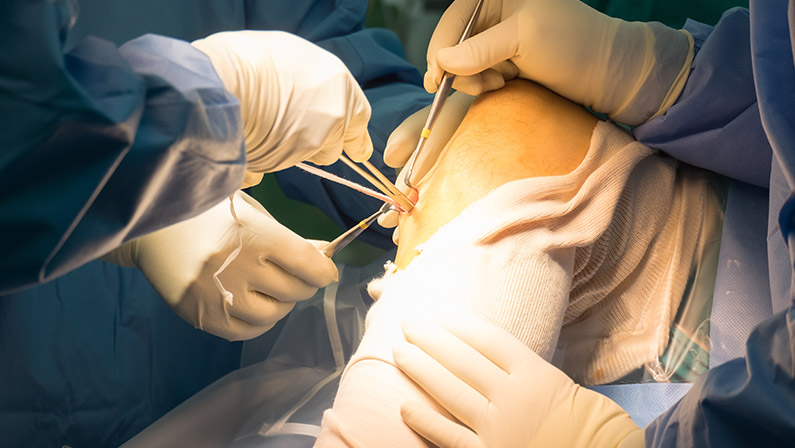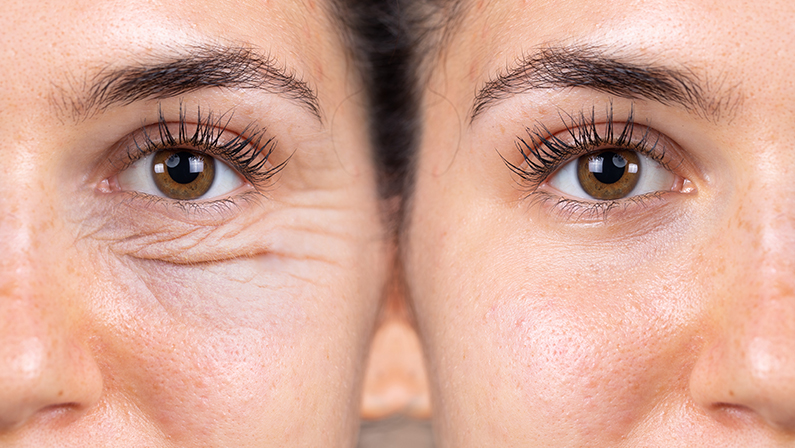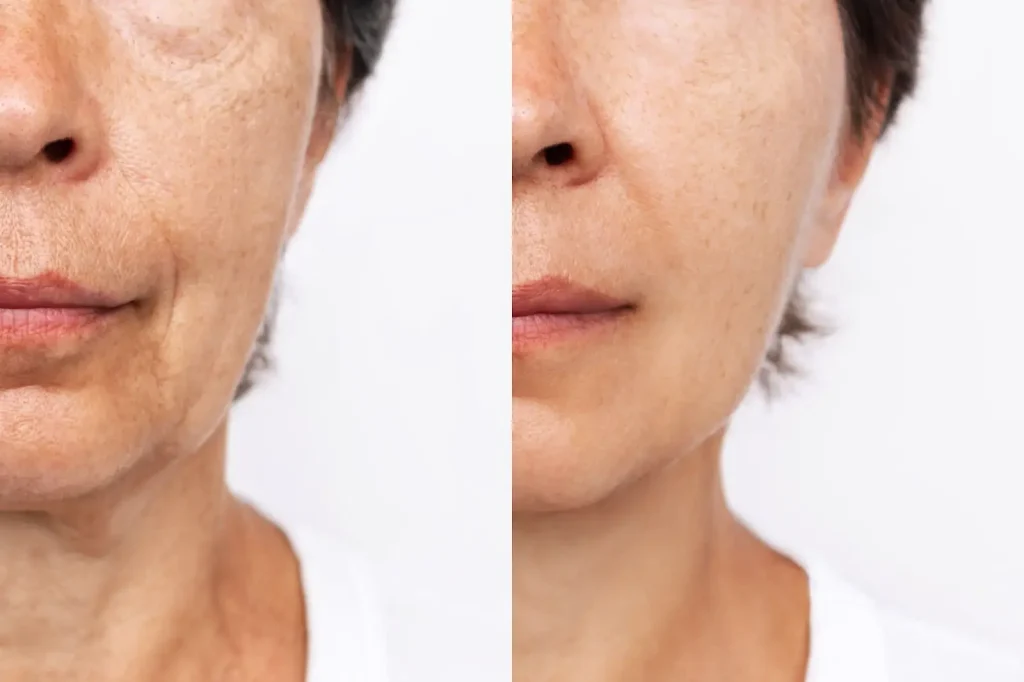Facing skin cancer on the face can be a daunting experience. However, thanks to advancements in medical science, procedures like Mohs reconstructive surgery offer hope and restoration. In this article, we will delve into the intricacies of Mohs reconstructive surgery, explaining what it entails, how it’s performed, and why it’s crucial for many patients.
What is Mohs reconstructive surgery?
Mohs reconstructive surgery is a specialized procedure aimed at restoring the appearance and function of the skin after the removal of cancerous lesions through Mohs surgery. Unlike traditional excision, Mohs surgery focuses on the precise removal of cancer cells, minimizing damage to surrounding healthy tissue.
How is Mohs reconstructive surgery done?

After the completion of the Mohs surgery, a plastic surgeon skilled in Mohs reconstruction takes charge. They utilize advanced techniques, such as tissue grafts or flaps, to reconstruct the area. This meticulous approach ensures both aesthetic and functional restoration.
Why is Mohs surgery performed?
Mohs reconstruction surgery is performed when skin cancer, especially on the face, requires precise removal. This procedure is especially critical for cancers in delicate or cosmetically sensitive areas, where preserving as much healthy tissue as possible is paramount.
Risks and Benefits of Mohs Reconstructive Surgery
Like any medical procedure, Mohs reconstructive surgery comes with its own set of risks and benefits. While there is a potential for complications, the benefits far outweigh them. The procedure offers a high success rate, minimal scarring, and a quicker recovery compared to traditional excision methods.
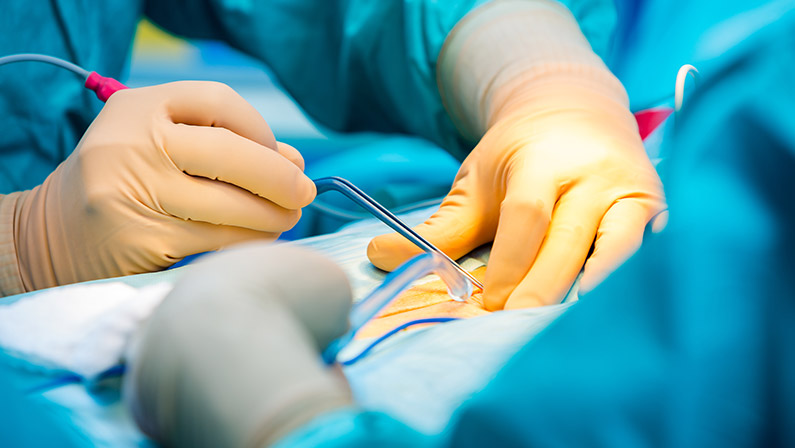
Risks of Mohs Reconstructive Surgery
The risks of the surgery include:
- Infection: As with any surgical procedure, there is a risk of infection. This risk is minimized through sterile techniques and proper post-operative care.
- Bleeding: While rare, there is a possibility of bleeding during or after the surgery. Surgeons take precautions to control bleeding during the procedure.
- Allergic Reactions: Some individuals may have allergic reactions to anesthesia or other medications used during the surgery.
- Nerve Damage: In rare cases, there may be damage to nearby nerves, which could result in temporary or permanent numbness in the area.
- Delayed Healing: Factors such as individual health and wound care compliance can affect the healing process. In some cases, healing may take longer than expected.
- Change in Skin Sensation: After surgery, patients may experience changes in sensation, such as increased sensitivity or decreased feeling in the treated area.
- Scarring: While minimal compared to traditional excision, there is still a possibility of some visible scarring, especially in more complex cases.
Benefits of Mohs Reconstructive Surgery
Here are some of the advantages of the surgery:
- High Success Rate: Mohs surgery has a remarkably high success rate in completely removing cancerous cells. This precision minimizes the chances of cancer recurrence.
- Preservation of Healthy Tissue: Mohs surgery is known for its ability to preserve as much healthy tissue as possible, especially vital in cosmetically sensitive areas.
- Minimal Scarring: Compared to traditional excision methods, Mohs reconstructive surgery often results in less noticeable scarring, contributing to a more aesthetically pleasing outcome.
- Accurate Margins: Mohs surgery allows for immediate examination of tissue margins, ensuring that all cancerous cells are removed during the procedure.
- Quicker Recovery: Due to the precision of Mohs surgery, the recovery time is typically shorter than with other methods. This allows patients to return to their normal activities sooner.
- Tailored Approach: Each Mohs surgery is tailored to the specific needs of the patient and the characteristics of the cancer, providing a personalized treatment plan.
- Reduced Need for Additional Procedures: The meticulous nature of Mohs surgery often means that additional treatments or surgeries are not required, saving the patient time and potential discomfort.
The Role of a Mohs Reconstructive Surgeon
The role of a Mohs plastic surgeon encompasses precision, expertise, and artistry in restoring both form and function after Mohs surgery. This specialized surgeon is dedicated to ensuring the best possible outcome, utilizing advanced techniques to reconstruct areas affected by skin cancer removal, particularly in delicate or cosmetically sensitive areas like the face.
A skilled Mohs surgery plastic surgeon, like Dr. Bret Johnson, plays a pivotal role in the success of this procedure. Dallas Plastic Surgery Institute specializes in plastic surgery for skin cancer on the face. Their expertise and experience make them a trusted choice for patients seeking restoration after skin cancer removal.
Expectations
Before undergoing Mohs reconstructive surgery, patients should be aware of what to expect. This includes a thorough consultation with the surgeon, the Mohs surgery itself, and immediate follow-up for the reconstructive phase. Clear communication with the surgeon ensures a smoother process.
Preparing for Mohs Reconstructive Surgery
Preparation is key to a successful Mohs reconstructive surgery. Patients may need to make certain lifestyle adjustments and follow specific pre-operative instructions provided by their surgeon. These steps ensure the best possible outcome.
Duration of Mohs Reconstructive Surgery
The duration of Mohs reconstructive surgery varies depending on the complexity of the case. Simple cases may take an hour, while more intricate procedures could extend several hours. Dr. Johnson and his team prioritize patient comfort and safety throughout the process.
Recovery and Healing Process
The healing process after Mohs reconstructive surgery varies from person to person, depending on factors such as individual health, extent of surgery, and adherence to post-operative care. Patients can expect a gradual improvement in the treated area, with any discomfort or swelling subsiding over time, ultimately leading to a restored and healthy appearance.
What is the recovery process like after Mohs reconstruction?
Following Mohs reconstructive surgery, patients can expect a tailored recovery plan. This may involve wound care, restrictions on activities, and scheduled follow-up appointments. Adhering to post-operative instructions is crucial for a smooth recovery.
How long is the healing process after Mohs reconstruction?
The healing process after Mohs reconstruction varies from person to person. Factors such as individual health, the extent of surgery, and aftercare compliance play a role. Patients should maintain patience and open communication with their surgeon during this period.
Embracing Renewed Confidence Through Mohs Reconstructive Surgery
Mohs reconstructive surgery stands as a remarkable advancement in the field of dermatologic surgery, offering patients a highly effective means of addressing skin cancer while minimizing damage to surrounding healthy tissue. The procedure’s precision and tailored approach contribute to a higher success rate, reduced scarring, and a quicker recovery compared to traditional excision methods.
In the journey to recovery after skin cancer, Mohs reconstructive surgery stands as a beacon of hope. Dr. Bret Johnson, MD, with offices in Dallas and Plano, TX, specializes in plastic surgery for skin cancer on the face. With his expertise, patients can confidently embark on the path to restoration, regaining both their health and confidence. Trust in Dr. Johnson and the power of Mohs reconstructive surgery to reclaim your vitality. Contact them today.

